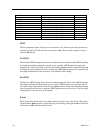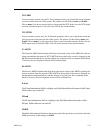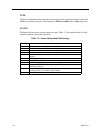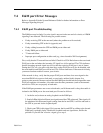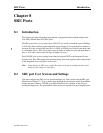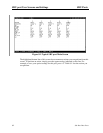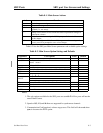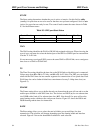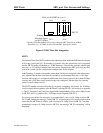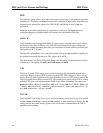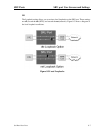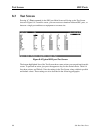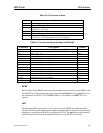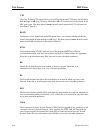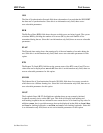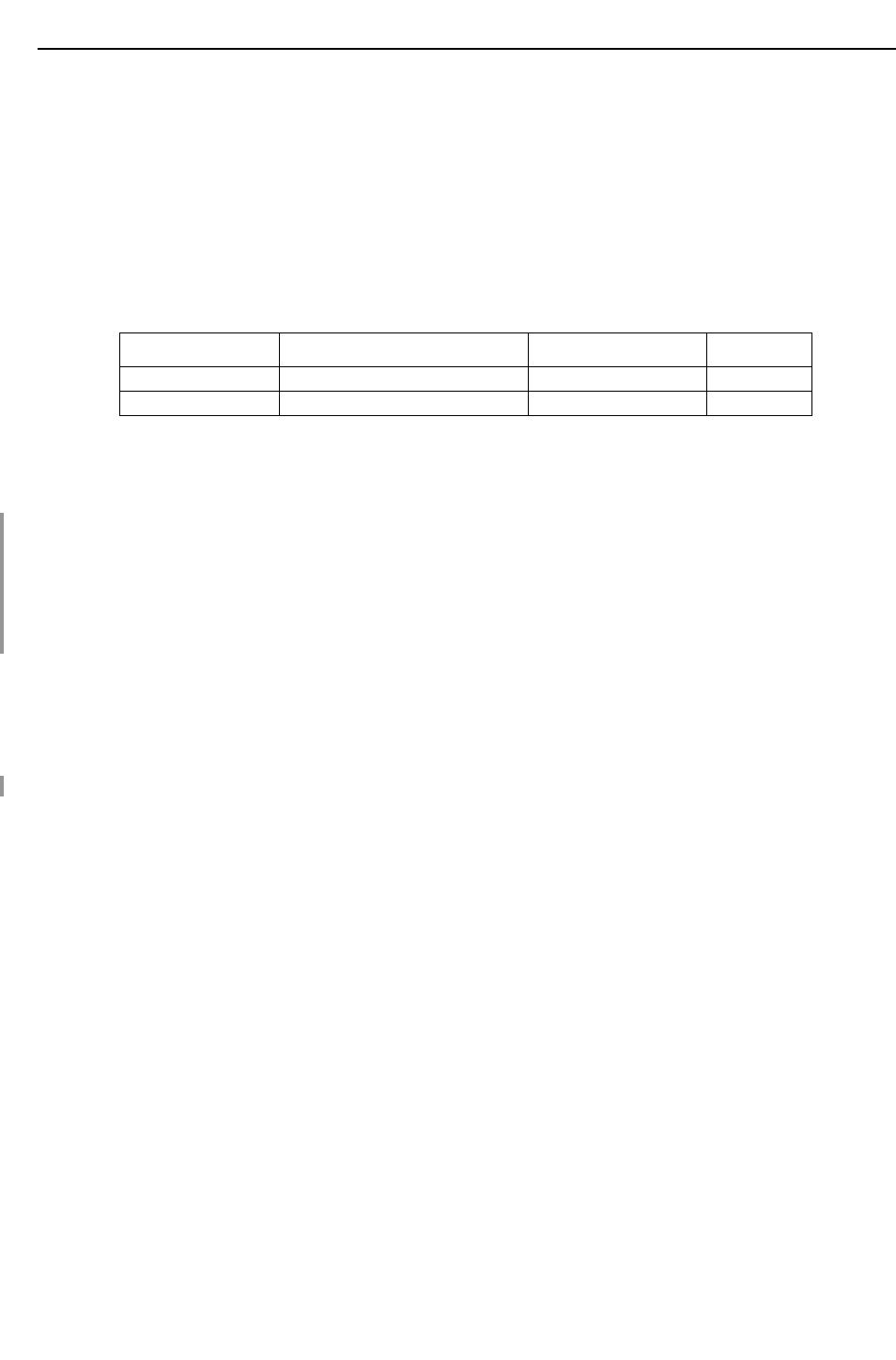
8-4 Sub Rate Data Ports
Model No.
Running Head
SRU port User Screens and Settings SRU Ports
STATE
The State setting determines whether the port is active or inactive. Set this field to stdby
(standby) for ports that are not to be used or that have not yet been configured. Set it to actv
(active) for ports that are ready for use. The control leads assume the status shown in Table
8-3 for the different states.
Table 8-3. SRU port State Status
WAN
The WAN setting identifies the WAN or OWAN link assigned to this port. When choosing the
type of wan, you must also select the desired port of the WAN or OWAN port for transmission
over the T1 or E1 link.
It is not necessary to assign all SRU ports to the same WAN or OWAN link, nor to contiguous
time slots on a WAN or OWAN link.
TS
The Time Slot setting identifies the time slot on the WAN link to which this port is connected.
Values range from 01 to 24 for T1 links, and 01 to 31 for E1 links. The SRU port can further
subdivide the WAN time slot into smaller segments for transmission of low-speed data. Each
WAN time slot can be further divided into a maximum of twenty 2.4 kbps time slots (see
Figure 8-2).
FRAME
The Frame setting allows you to define the sub-rate format that the port will use and to set the
usable space allotted to each WAN time slot. The choices are DS0A (a) for one subrate time
slot, DS0B with a limit of five subrate time slots (b-5). Note that all five ports will use the
same framing mode, whichever the craft person chooses. Figure 8-2 shows the DS0A and
DS0B framing subrate time slot interaction.
RATE
The Rate setting allows you to select the rate in kilobits per second (kbps) for data
transmission. The selection will change depending upon the framing mode and interface
selected. Figure 8-2 shows the bandwidth available for each selection.
Control Leads Active WAN Link Down Standby
RLSD High or follows remote RTS Low Low
CTS Definable Definable Low



